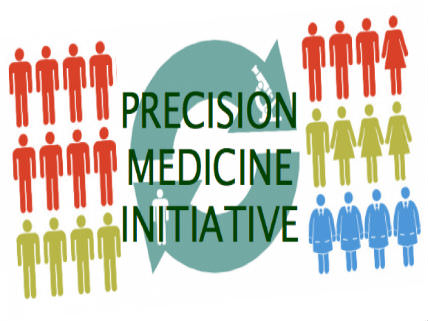 DreamstimeWelcome back to the Reason Weekly Contest! This week’s question is:
DreamstimeWelcome back to the Reason Weekly Contest! This week’s question is:
An analyst at the Defense Intelligence Agency says the US Central Command is altering its ISIS reports to make them sound more optimistic. Please send us a sentence from one such report that includes an optimistic spin on a decidedly grim ISIS update.
How to enter: Submissions should be e-mailed to contest@reason.com. Please include your name, city, and state. This week, kindly type “ISIS" in the subject line. Entries are due by 11 p.m. Eastern Time, Monday, Aug. 7. Winners will appear Friday, Sept. 11, right here at Reason.com.
In the case of identical or similar entries, the first one received gets credit. First prize is a one-year digital subscription to Reason magazine, plus bragging rights. While we appreciate kibbitzing in the comments below, you must email your answer to enter the contest. Feel free to enter more than once, and good luck!
And now for the results of last week’s contest: As the school year gets underway, we asked you for a tip for parents, or note that they could send in their kids’ lunchbox that assumes the children simply cannot function without constant parental input.
THE WINNER:
“I'm in the school office in case you need me, love Mom.”— Chris Pfeifle, Oviedo, FL
SECOND PLACE:
“Your answers are correct. The teacher is asking the wrong questions.” — Richard Bradley, Fredericksburg, VA
THIRD PLACE
Using glitter paint, pipe cleaners and googly eyes, create a "mom-ster" out of a large rock. Place it in your middle schoolers back pack. The weight of the rock will remind them of you all day and the face will make them laugh every time they show their friends. — Jennifer Griffin, Parker, CO
HONORABLE MENTIONS:
“Remember X is for Xanax.” — Rob Weisskirch, Marina, CA
“Remember- don't eat anything that isn't sealed and from someone you trust.” — Paula Jackson
"Great job opening your lunchbox! You get an A+. Here's a little ribbon for my expert lunchbox opener. Mommy and daddy are very proud of you!"
"This lunchbox contains not only sprouts and granola, but also mother's love-energy. Every time you open it, mother's love-energy will burst forth, wrap itself around you, and make all of your troubles disappear."
"We're not really apart because you and I are both made of stardust. Mommy's stardust energy will be hugging you all day!"
"Son, enjoy your lunch and remember what is best in life: To crush your enemies, to see them driven before you, and to hear the lamentation of their women. Love, dad."
All from: Ed Cox, Austin, TX
TIPS:
Tattoo "Mommy Loves You" on their hands.
Add a padlock to their helmets so they can't take them off at school.
Install an app on their cell phone that loudly plays a parental affirmation every 15 minutes.
Have a matching set of t-shirts made of an image of their participation trophy.
Insist that instead of recess, the kids get to watch videos of their parents telling them how wonderful they are.
Call your child every few minutes during the school day just to let them know you care.
Replace the pages of your child's text books with notes about how special they are.
All from: Ed Grether, Prescott, AZ
“Don't worry honey, your therapist will be picking you up after school, you tell her everything that happened.” — Jeff Ford, Newhall, CA
TXT ME. LUV U — BigT, Solon, OH
“Don't forget to stop three times a minute and take a breath honey!” — Bill Whitaker, Austin, TX
“Dear Unicorn Princess, remember, you’re the best, a winner, and never wrong. Love, Mommy” — Tim Matta, Barrington, IL
“I don’t know why I wrote this. I’ve spent the entire school day holding your hand. Love, Dad” — Charles Jenkins, Baltimore, MD
"Did I mention how much I love you when I tucked you in last night? No? Think about that while you're at school today. Dad" — Joel Kimball, Howell, MI

 Facebook
Facebook Twitter
Twitter Tumblr
Tumblr Blogger
Blogger StumbleUpon
StumbleUpon Digg
Digg Delicious
Delicious Reddit
Reddit Google
Google































